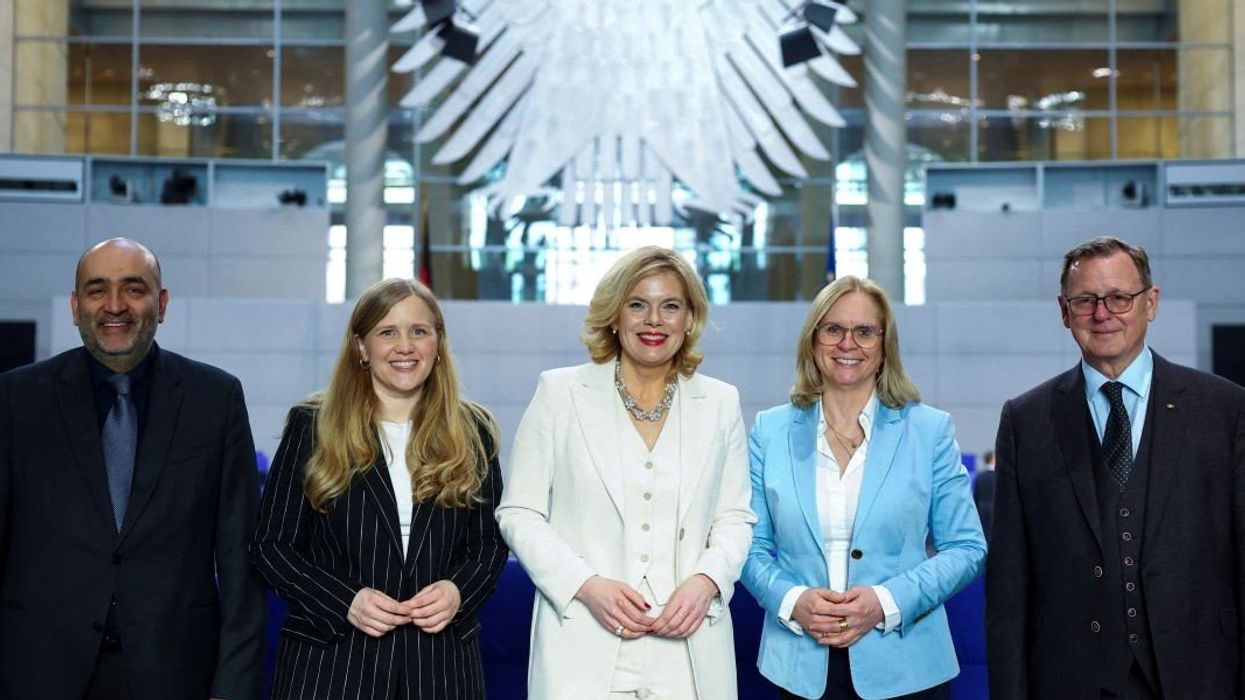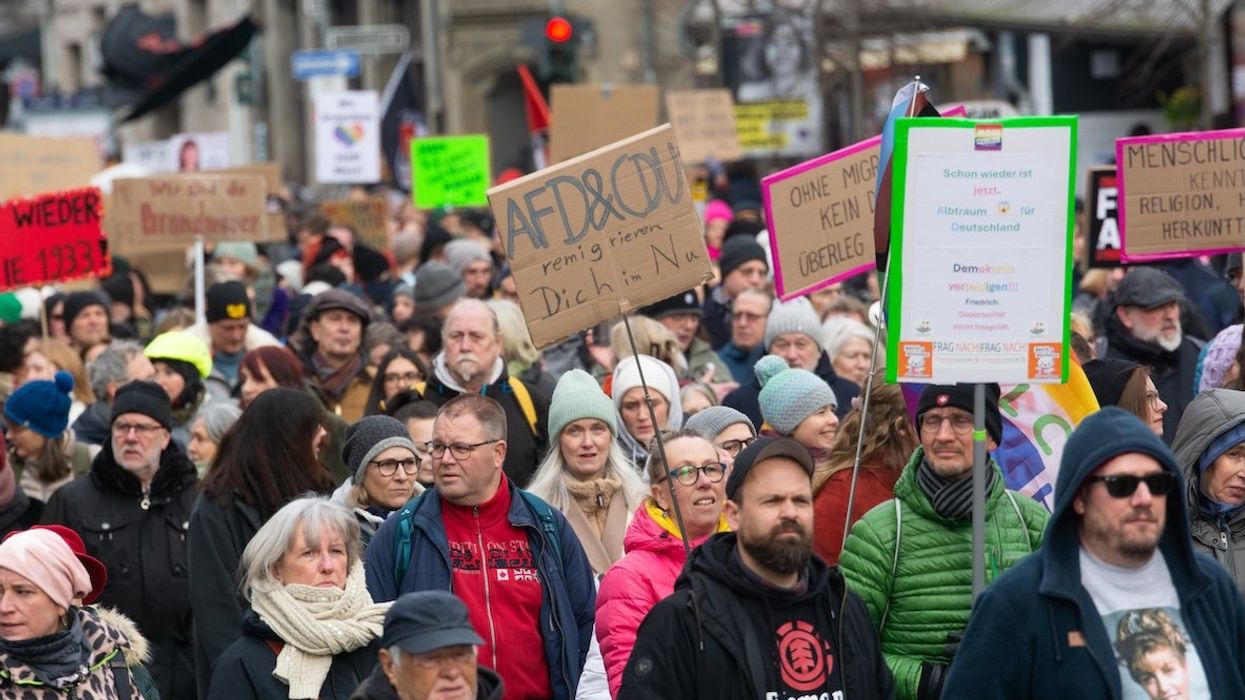What We're Watching
Germany's new parliament faces historic challenges
On Tuesday, newly elected members of the Bundestag took their oaths and their seats at a historic moment for Germany. Friedrich Merz of the center-right CDU/CSU remains in talks with the center-left SPD in hopes of forming a government in the coming weeks.
Mar 25, 2025





